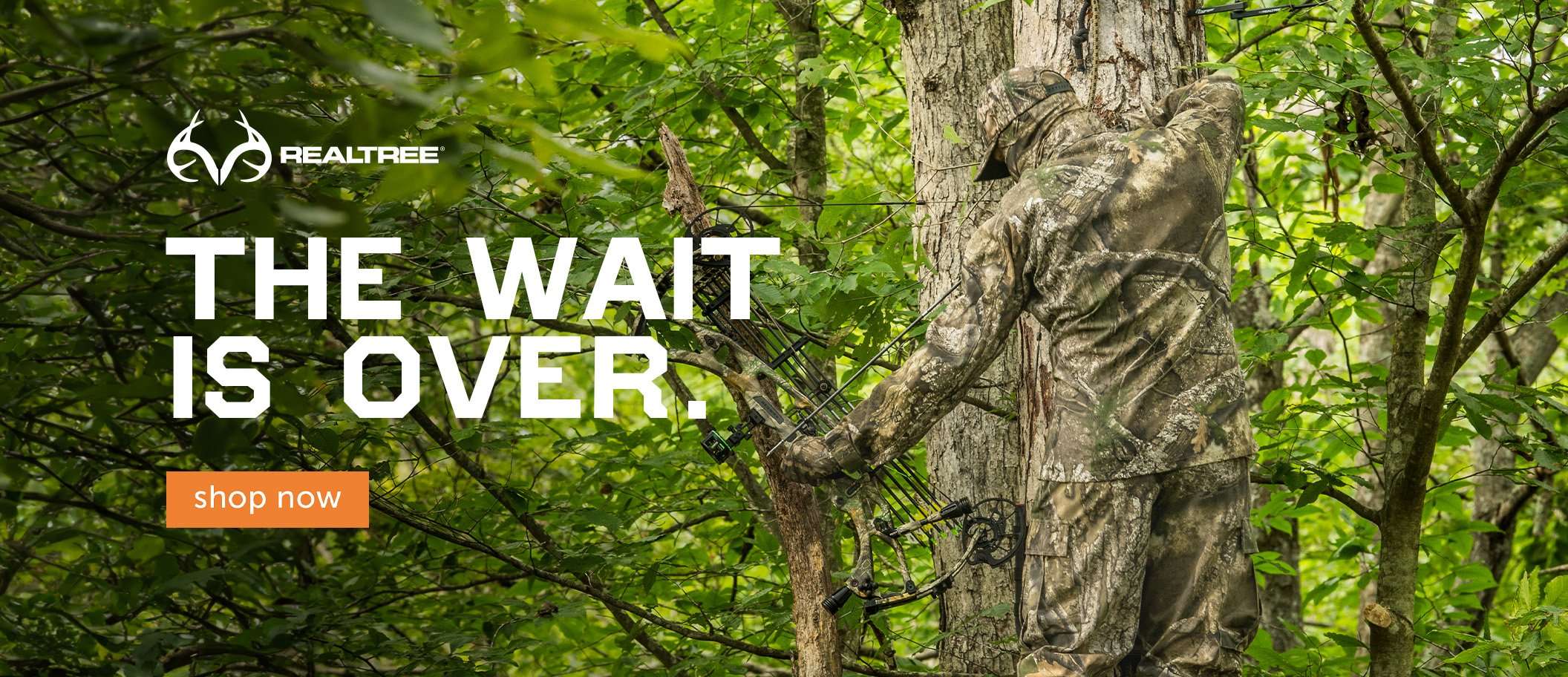If you constantly struggle to harvest or even encounter deer, perhaps you're making one or more of these costly mistakes

Are you making the same mistakes again and again and ruining your deer hunts? Realtree photo.
Mistakes. We’re humans, and we make them to the detriment of our success. Maturing as a hunter is a lot like maturing as a football player. Coaches and players review the films and analyze the mistakes. The players learn (hopefully) from their mistakes and don’t make them again, or at least make them less frequently, and they become more effective on the field.
Likewise, hunters can review their journals — mental or written — and identify mistakes they made, and then make plans to avoid them during future hunts. Of course, some hunters make the same mistakes again and again. It can be attributed to laziness or a simple lack of attention to detail. Regardless, blunders ruin hunts.
DON’T MISS: Bowhunter Bags BTR Record 8-Pointer
If you’ve experienced minimal success in the deer woods, perhaps you’re making one or more of these mistakes, which puts you on the fast track toward ruining your deer hunt. Let’s review.
RUN LATE
Whether for a meeting, an appointment, or a deer hunt, some folks always arrive early. Others are on time or less than five minutes late, and the rest are just flat-out late. When it comes to deer hunting from a stand or blind, it’s almost always advantageous to arrive early. If you’re heading for a tree stand and know you’re running late, the urgency to reach the stand or blind overrides good woodsmanship. That’s a fancy way of saying that you tend to rush, make too much noise, and bump deer, which hugely affects the hunt’s outcome.
LEAVE A BIG HUMAN FOOTPRINT
When setting up a trail camera, ground blind, or tree stand, hunters commonly leave too much of a footprint. Most of us would notice if a tree in our yard was missing or if someone put a basketball hoop in our driveway. Whitetails are even more observant of their surroundings. This means that if we sawed a bunch of shooting lanes, hung a trail camera, and set a ladder stand against a tree, deer would sense the disruption. If you do this long before deer season, that’s one thing, but do it a couple of days before you intend to hunt, and you probably ruined your hunt before it began.
Check Out Our Latest Camo Pattern: Realtree APX
Often, the most effective setups, especially for mature bucks, entail the most discreet approach possible. Do minimal tree work. Don’t tromp around needlessly and leave your scent on brush, grass, and saplings. Don’t use massive, brightly colored ratchet straps for your tree sticks and stand. Leave the smallest disturbance and human footprint possible.
HUNT THE WRONG WIND
This might seem obvious, but in discussing deer hunting with folks, I’m commonly alarmed by how many folks don’t take this step seriously enough. I’ve hunted with several people who smelled like Tide detergent, meaning they must have washed their clothes in a scented laundry soap. That, coupled with a failure to play the wind, can end a hunt before it begins. Many hunters — even folks who’ve deer hunted their entire lives — don’t realize that deer can smell foreign odors from hundreds of yards away. If you’ve been putting minimal emphasis on wind direction and you perpetually struggle to encounter deer within shooting range, the problem is pretty obvious.
TAKE AN IRRESPONSIBLE SHOT
When you’ve done the work and put in your time, a fast way to ruin your hunt when a deer steps out is to shoot too quickly or attempt a shot you’re not 100% confident you can make. A miss brings you back to the drawing board, and a marginal or superficial hit followed by a perplexing blood trail is frustrating and often ends with an empty pickup bed.
DON’T MISS: Top Tactics for Ground Hunting Whitetails
If the animal is calm, take your time. Even if the animal is somewhat alert, you often can take an extra two seconds to execute your shot well. If the animal is farther than you’re comfortable with shooting, pass. Deer deserve our best, and taking an irresponsible shot is short of our best and can lead to a face-palm outcome rather than a filled tag.
MAKE A CONSPICUOUS SETUP
I’m constantly surprised by the number of poor tree-stand setups I encounter while hunting on public lands. I’m talking about stands that are less than 15 feet high on bare trees with zero backdrop or front cover. Deer have excellent peripheral vision and awareness, so even though you’re elevated, they will easily notice the movement when you shift into position or draw your bow. They might slam on the brakes and stare at you, or they might bolt instantly. In either case, the encounter could fall apart immediately.
BIG FIVE
These are five mistakes I’ve made in the past and that I still see hunters make. If you want to up your odds for a successful deer hunt, avoid them.












